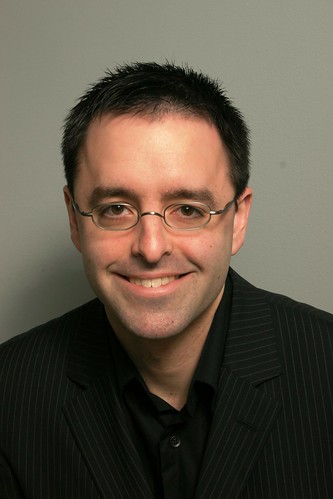irish spring
It was a box from my uncle, who had heard through the family grapevine that I was asking for NyQuil on someone's next trip here. He had sent the box surface mail, and by the time I got it the Cape Cod postmark was something like 9 weeks in the past. The corners of the box were all pushed in and dented, and in the shape of the box I could see remote stevedores in sweaty tropical climes lowering the box in a net into the hold of yet another Clipper ship, for the next leg of the journey through the Straits of Malacca.
The thing with the NyQuil is that I had been almost immediately sick with a new-country cold when I first came to Iceland. When I went to the local Lyf og Heilsa pharmacy in the Smáralind mall (English slogan: "Is there anything they don't have?"), I realized that the Miracle Ass-kicking NyQuil Cure wasn't available in the Land. It's a whole different suite of cold medicines they got here, and none of them are quite the delicious 4-drug cocktail that is NyQuil. Hence the offhand NyQuil remark to my mom. Hence the box on its 9-week sea voyage.
But when I opened the box, the generic CVS NightTime Cold Remedy he had sent wasn't in there. Instead there was a note from Customs, explaining in Icelandic that this medicine wasn't authorized for sale in Europe and so had to be removed. Perhaps some Customs Mom's kid was enjoying the Miracle Cure that very night. Anyway, no medicine. But I could have told my uncle that up front and saved him the trouble. You can't usually send drugs through the mail and expect them to arrive as-is in a foreign land.
What was in the box was the remainder of the shipment: an enormous bottle of hand lotion and four bars of Irish Spring soap. While I appreciated the gesture, I found it noteworthy that my uncle thought that Iceland was a place where hand cream and soap were in short supply. Here I was, settling in to a new life in one of the world's richest countries, a place where a generous social safety net renders the concept of abject poverty moot, and I had a box of soap and some hand cream from the States.
But it was nice to get a care package just the same. So I made good use of it, and started in on the Irish Spring. And this morning, 16 months later, I finished the last bar of Irish Spring. E was elated. She won't be singing leprechaun songs in the morning anymore. Or so she thought. I looked in the cupboard after my shower and there was still one final green bar. Those Irish sure know a thing or two about putting together a hardy soap.

